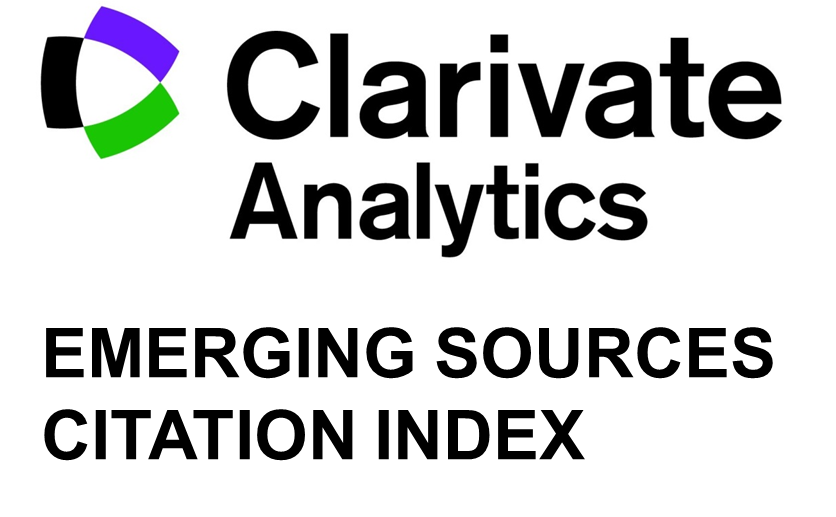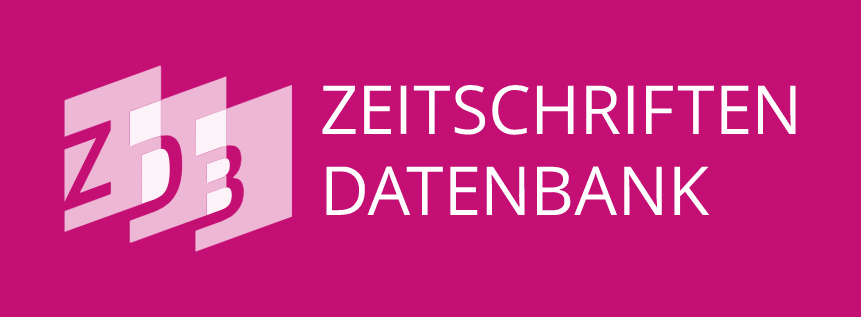Agile architecture in the digital era - trends and practices
Keywords:
agile architecture, trends, challenges, success factors, practices, software development.Abstract
The speed of response to change and fluidity are key preconditions for the next generation of IT solutions in the digital world. We are witnessing a rather unimaginable expansion of the use of technology in everyday life, on the one hand, and a continuous increase in the speed of software delivery, on the other, which significantly increased expectations and contributed to the adoption of agile methods and practices, shifting the pendulum of software architecture from traditional to agile methods and practices. Agile architecture, as a result of the transformation of a traditional and agile approach to software development, is a new approach that uses agile techniques to deliver a flexible architecture, adaptable to changing demands, tolerant to changes, which is the result of the iterative-incremental design of the agile process of software development. In recent years, there has been a shift in focus, in practice and research, from people and processes to integration technologies and application's hosting, which has led to the emergence of microservices and increased interest in software architecture and design. One consequence of this is the emergence and development of new approaches in the process of building Agile architecture, such as Continuous Architecting, Lean Architecting or Evolutionary Architecting, which essentially share the same goals. In this connection, in order to understand better the concept and the new role of Agile architecture in the digital era, it is necessary to study the genesis of Agile architecture, as a special approach in software development, to identify current trends and practices that are adapted to the contemporary digital environment (scalability, distribution, complexity). The results of conducted systematic literature review will help researchers and practitioners in better understanding of what Agile architecture is and its role, the current trends and directions of future development, and practices that are particularly useful in the development of complex software, with the aim of broadening the application and improvement of the agile software development process.
Downloads
Published
Issue
Section
License
Copyright (c) 2019 Zoran Dragičević, Saša Bošnjak

This work is licensed under a Creative Commons Attribution-NonCommercial 4.0 International License.














